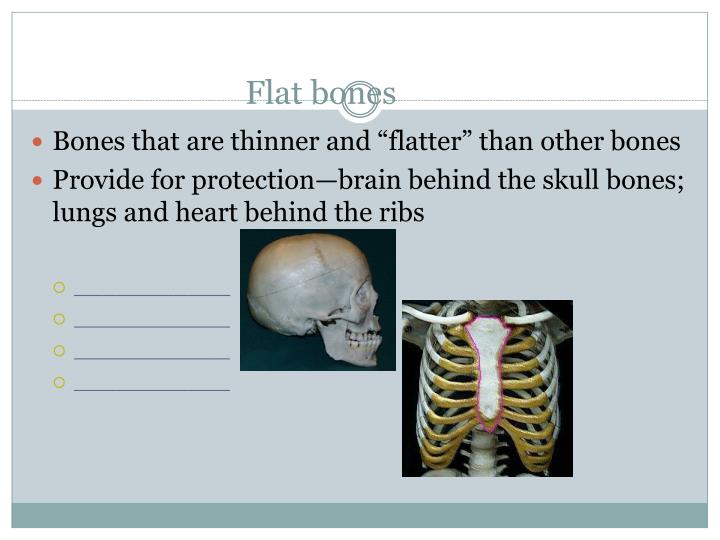

The marrow produces around 2 million red blood cells every second. platelets, which the body uses for clotting.white blood cells, essential for the body’s immune system.red blood cells, which deliver oxygen to cells.

Osteoclasts help remodel injured bones and create pathways for nerves and blood vessels to travel through.īone marrow is present in almost all bones where cancellous, or spongy, bone is present.īone marrow produces blood cells, including: They use acids resulting from certain reactions to break down used bone. Osteoclasts are large cells with more than one nucleus.They communicate with other bone cells and help support metabolic functions within the bone. Osteocytes are inactive osteoblasts that are mineralized and remain within the bone they have created.They produce a protein mixture that doctors call osteoid, which is mineralized and becomes bone. Osteoblasts are responsible for generating and repairing bone.There are three main cell types involved in this process. In this article, we explain their function, what they consist of, and the types of cells they involve.īones are not static tissue but need constant maintenance and remodeling. The bones contain 99% of the body’s calcium.īones have an internal structure similar to a honeycomb, which makes them rigid yet relatively light. The mineral calcium phosphate hardens this framework, giving it strength. The largest bone in the human body is the thighbone, or femur, and the smallest is the stapes in the middle ear, at around 3 millimeters long.īones consist mostly of the protein collagen, which forms a soft framework.

The reason for the difference is that some people have more or fewer bones in their ribs, vertebrae, fingers, and toes. As they grow, some fuse.īy adulthood, people have between 206 and 213 bones. At birth, humans have around 270 soft bones. The skeleton accounts for around 15% of body weight. Moveover, they act as a storage area for minerals, particularly calcium. Also, it is in the bones that the body produces bone marrow and, from there, blood cells. Their functions include supporting body structure, protecting key organs, and enabling the body to move.


 0 kommentar(er)
0 kommentar(er)
